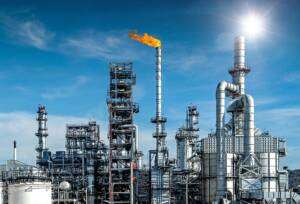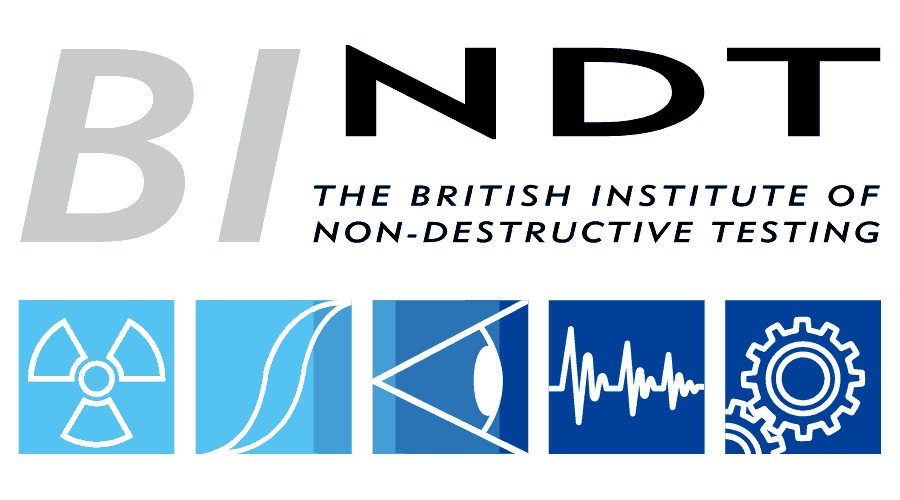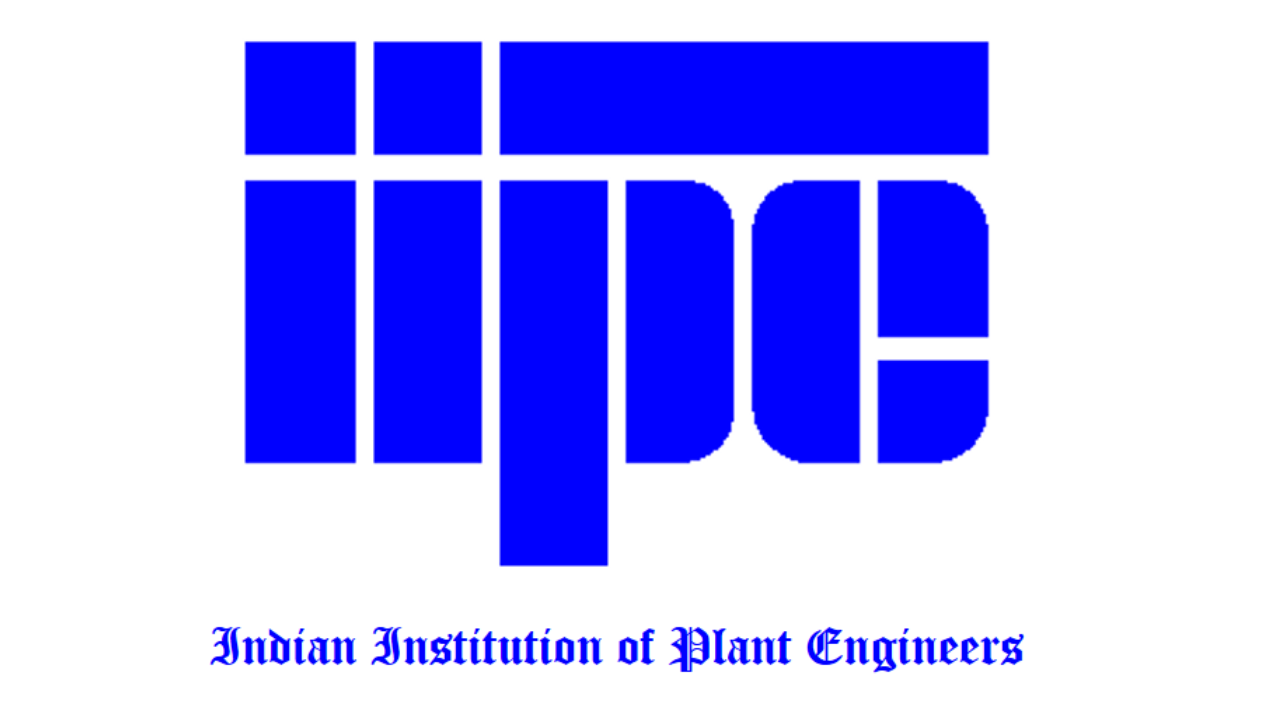Static machines have played a fundamental role in the oil and gas sector, serving as the backbone of critical infrastructure in upstream, midstream and downstream operations. These machines, which include pressure vessels, heat exchangers and storage tanks, have evolved significantly from their early designs to modern high-performance systems. The technological advancements in materials engineering, fabrication techniques and inspection methodologies have enhanced their reliability and operational efficiency, ensuring optimal performance in the demanding environments of oil refineries, petrochemical plants and offshore platforms.
The inception of static machines can be traced back to the early industrial revolution when rudimentary pressure vessels and boilers were employed in steam-powered applications. Over time, advancements in metallurgy and welding technologies led to the development of more robust equipment capable of withstanding extreme pressures and temperatures. The introduction of API and ASME codes provided standardized guidelines that improved design integrity and ensured compliance with safety regulations. In the GCC region, the rapid expansion of hydrocarbon processing facilities in the mid-20th century necessitated the adoption of state-of-the-art static equipment to support large-scale refining and gas processing projects.
Key milestones in the evolution of static machines include the introduction of corrosion-resistant alloys, advanced non-destructive testing (NDT) techniques and computational simulations for stress analysis. These innovations have significantly reduced equipment failures, extended service life and optimized maintenance strategies. The integration of real-time monitoring systems using Industrial Internet of Things (IIoT) technologies has further enhanced asset integrity management by enabling predictive maintenance and early fault detection. GCC-based refineries and LNG terminals have leveraged these advancements to improve operational safety and efficiency.

Today, static machines are engineered with precision to meet the stringent requirements of modern energy facilities. Enhanced fabrication methods such as automated welding, advanced surface treatments and modular construction have streamlined manufacturing processes and reduced downtime during plant turnarounds. The implementation of AI-driven inspection techniques has also strengthened risk management practices, ensuring compliance with industry standards. As the oil and gas sector transitions toward sustainability, innovations in carbon capture and storage (CCS) and hydrogen production are driving the development of next-generation static equipment designed to support low-carbon energy initiatives.
The future of static machines in the oil and gas industry lies in digital transformation and sustainable engineering practices. Companies across the GCC are investing in advanced materials and smart monitoring solutions to enhance equipment efficiency and reduce environmental impact. With the continuous evolution of technology and regulatory frameworks, static machines will remain integral to the region’s industrial infrastructure, supporting energy security and long-term operational excellence.








